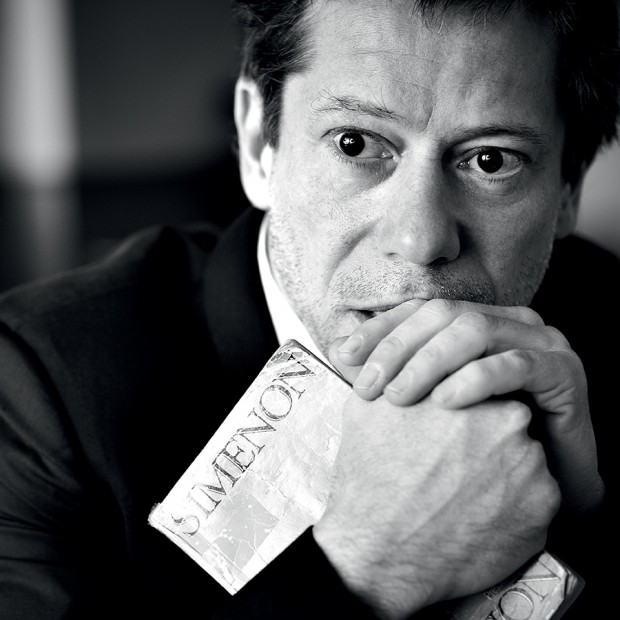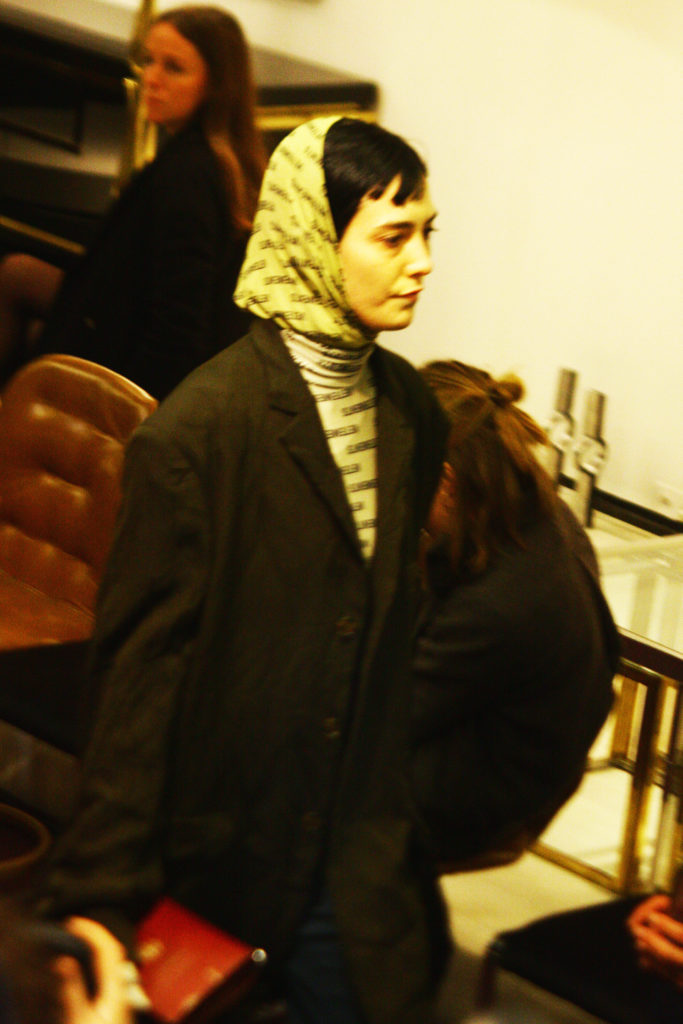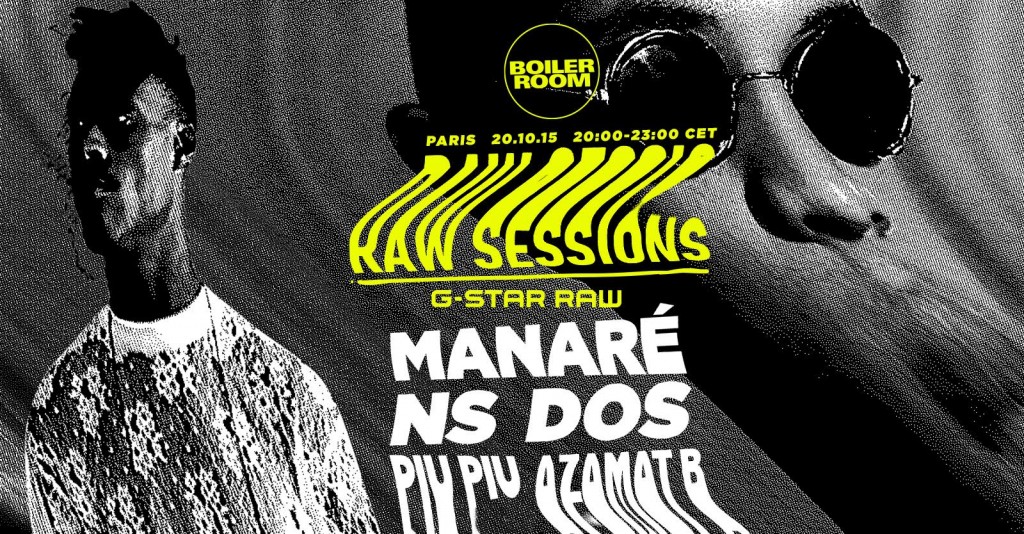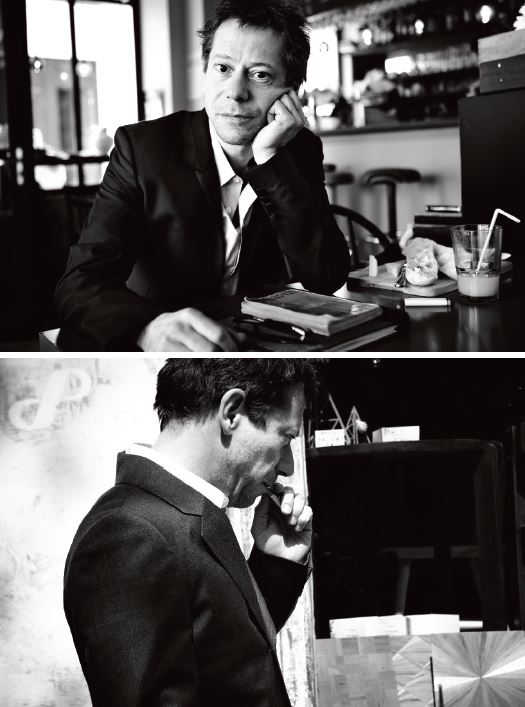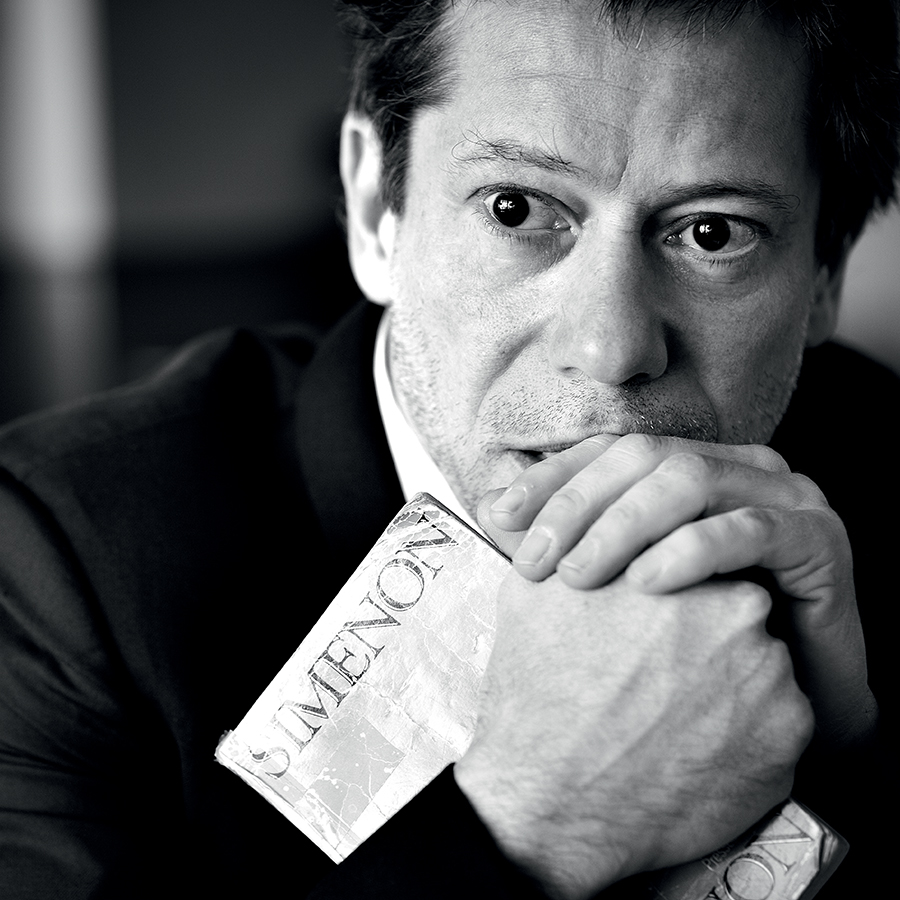
MATHIEU AMALRIC ON THE BLUE ROOM
By Crash redaction
A SELF-STYLED “ACTOR BY ACCIDENT”, MATHIEU AMALRIC IS NOT SHY ABOUT HIS DESIRE TO BE KNOWN FIRST AND FOREMOST FOR HIS WORK AS A DIRECTOR. THAT’S RIGHT: THE MAN WHO BAGGED THE CÉSAR AWARD FOR MOST PROMISING ACTOR IN 1997 FOR HIS ROLE IN “MY SEX LIFE…OR HOW I GOT INTO AN ARGUMENT”, AND WON TWO CÉSAR AWARDS FOR “KINGS AND QUEEN” IN 2005 AND “THE DIVING BELL AND THE BUTTERFLY” IN 2008, IS NOW DEVOTING HIS CAREER TO DIRECTING. A ROLE THAT HAS ALREADY EARNED HIM THE RECOGNITION OF HIS PEERS, NOTABLY WITH “ON TOUR”, WHICH TOOK HOME THE BEST DIRECTOR AWARD AT THE 2010 CANNES FILM FESTIVAL. NOW HE IS DIRECTING “THE BLUE ROOM”, BASED ON THE NOVEL OF THE SAME NAME BY GEORGES SIMENON, ABOUT A LOVE TRIANGLE TANGLED UP WITH A POLICE INVESTIGATION AND A HEALTHY DOSE OF PSYCHOLOGICAL TORMENT. YET ANOTHER FILM SELECTED FOR CANNES – THIS TIME IN THE UN CERTAIN REGARD SECTION – FOR THIS PHENOM OF FRENCH FILM.
INTERVIEW BY ARMELLE LETURCQ
where did you get the idea for your latest film you directed and presented at cannes?
a producer I’ve known since I started out, Paulo Branco, asked me to direct a film in three weeks. I was interested because he had already produced some of my films. at the same time, I had started working on a much longer project, based on stendhal’s “The red and the Black”. I’ve been working on that film for two and a half years now, alongside my acting work. Paulo likes to take risks, so it started just like that. “The Blue room” is a book I’ve known for a long time, but I had never thought to turn it into a film before. Never once. I had Philippe Di Folco and Marcelo Teles read it, since I had written “On Tour” with them. I knew I wanted the film to end with a scene in a blue room: a couple after making love. I’ve always admired the novel and, actually, I don’t even remember where my copy of the book came from! It’s an old edition from 1965. since we only had three weeks to film it, we had to work fast to plan out the different sets, the number of characters, the timeframe. Then we had to look into getting the rights for the story. a lot of people had wanted to direct “The Blue room” at one point or another: Pialat, Depardieu asked chabrol to do it, the Dardenne brothers also thought about it… Then I met the author’s son, John simenon, purely by chance, since he lives in switzerland and I was there to shoot a film with the Larrieu brothers! he told me to meet him at a bar in Geneva. We hadn’t started writing the script yet, so I was a little nervous! The novel takes place in 1963. I wanted to move the action of the story to today, since we only had a small budget.
did you adapt the dialogue?
No, we kept it as is. I was working with stéphanie cléau, and we started by extracting the dialogue, leaving out the setting and everything else. That’s when it occurred to me that we could do something fun with the perspectives from inside and outside the room: the events as seen from inside the room and as they are recalled during the arrest. The idea was to insert a discrepancy between these two perspectives. We started working around February 15. stéphanie started writing and I started lending the book out to everyone on the team. I ended up working with some of my regulars: the sound engineer, the cinematographer christophe Beaucarne, who does the sets, I always work with him. His wife, the actress Pauline Étienne, worked as our props master on the film. she put together the whole courtroom with the art department. christophe, who handles the lighting and image, was only available from July 15-30. We had some summer scenes to shoot, so I called Paulo to let him know. In order to get funding, we had to finish the
script by april 15. and that’s what we did. stéphanie came to switzerland and we wrote in the ski lodge every day I wasn’t on set. We finished on april 15, in time for the advance.
a lot of times, things get done on very tight deadlines…
It depends on the film, but that’s how it went for this one.
did the idea to film in small french towns come from the book?
Everything’s in the book. Triant and saint Justin are villages made up by the author, only sables-d’Olonne is real. We shot in Les roches Noires, a hotel where simenon stayed during vacation, in the exact room he stayed in. For the scenes in the room, we used an artificial light to create the sun. None of the rooms actually looked out on a train station, but that’s the joy of digital technology! Everything you see outside the window is edited in.
and the trains look like Paris trains…
Time and budget constraints meant I couldn’t change the color of the trains. So the trains are in fact from the greater Paris area.
inconsistencies like that can be fun for viewers. they wonder where the story is taking place…
Yes, but it’s pretty frustrating. When we viewed the film on the big screen, we realized that the color of the trains was easily recognizable. and since the train is moving, editing was going to be an expensive process. actually, everything you see through the window is edited in: the train, the storm… Filming with a digital camera is fairly complicated. and image processing isn’t enough.
i noticed the image format is a square shape…
Yes, we filmed with sony’s new camera, the F65. Digital is hard, especially when it comes to skin. We decided to work with the square 1-33 format. It was simenon’s writing that
inspired me. The characters are all in such a state of solitude and isolation. There is no harmony, no movement. I couldn’t imagine an image that would give the characters enough room to come together. We’re always stuck inside the main character’s head, limited to his perspective. he has no idea what his wife is thinking, or his mistress. he’s in a kind of delirium. It’s very photographic for me. During writing, we knew we wanted something both hot and cold. all the dialogue comes from the novel, because it’s that writing that made me want to film the story.
in the book, the character sells John deere tractors. it seems both hyperreal and unreal, like a realistic fable…
Yes, but in 1963, he was a country boy who had made it. he put all his energy into this kind of social success. I hope it comes across in the film that he worked hard to get where
he is, and that he’s had a hard life. he put all his energy into building this pretentious mansion. he doesn’t know that everyone hates it. all that is in the novel. simenon had built a brand new house where he thought he would be able to bring all his family together. But his wife left him before it was built. he had built an immense dressing
room for his wife, but there would never be any women’s clothes in this room.
did you visit the house?
Yes, his son showed it to me. It’s horrible. A real prison! We tried to find a house like that, with no soul. The main character brings his wife and daughter into this cookie-cutter
image of happiness and success. he wants to lock them up in that world without even realizing what he’s doing. and in life, too, that’s what everyone does! he also chose a tough profession and had to take on a lot of debt in order to manage his fleet of tractors. But that’s how it is in every business! so, in the end, what’s left in life except this miracle of two bodies and their attraction? It’s something indescribable. Unfortunately he’s going to have to try to describe it and everything falls apart.
then the legal system takes over from there, and he doesn’t understand anything of what’s happening…
That’s right. It’s one of the rare novels by Georges simenon to have this reverse structure. We don’t know who dies and we don’t know who is arrested. We’re hoping viewers will enjoy the fact that they have to keep asking questions right up until the end of the film.
at the end we finally understand which character orchestrated everything, even if we’re not entirely certain! is that how the book ends, too?
It’s even less clear in the book. Very little is said.
the interactions with the judge are very realistic…
We worked with real examining magistrates and forensics teams. They helped us prepare the roles. We spent a lot of time with an extraordinary judge and with Laurent, who plays the judge in the film. he’s a great actor. We discussed the roles with real lawyers, prosecutors, judges… They’re all real professionals in the film, so we created a real trial. I wanted it to look real, and that was one way to do it with our budget: we put up flyers asking people to take part in the trial/filming, we asked journalists to report on the filming. Our set was always full! It added a sense of realism to the film.
were you inspired by any particular directors when you did this film? rohmer and chabrol are two names that come to mind in terms of french villages, for example…
stéphanie and I dived right into writing, so everything happened very fast. We did watch a lot of rKO films from the 40s, ones with the right attitude. Films that inspire me include anything by Jacques Tourneur or Preminger, like “angel Face”. a lot of film noir. But there weren’t any specific scenes that inspired me because we filmed everything so quickly. For example, all the scenes with the judge were filmed in four days. We always tried to act as the first viewers of the film to make sure the story, investigation and suspense all worked well. To make sure we were always asking ourselves the right questions at the right time. To keep things simple and keep this tension between the inside and the outside, this short-circuit, this blotch in the memory. We also watched Pialat’s “Loulou”, with Isabelle huppert and Gérard Depardieu. The only shot I referenced is this overhead shot of huppert and Depardieu, naked on top of each other in bed. I used the exact same shot in the film. I also took inspiration from stendhal: it’s because of “The red and the Black” that I named the main character Julien. he’s a man who has stopped putting up a fight and now just watches the events unfold in his life. he’s been dispossessed.
did this film help you prepare for “the red and the black”?
I’m hoping I will still want to do it! I’m working on my second version of the script, which is a bit shorter than the first one. But I haven’t opened it since February 2013. I tried to transport the events to today. But it didn’t work, so it’s going to be a period film. In any case it was rewarding to spend two years taking the novel apart. and then there’s already a little stendhal in “The Blue room”, notably in the trial scene. I’m sure simenon was thinking of stendhal. There are a lot of the same details and observations: a candle that goes out in stendhal, a light bulb that burns out in simenon, and the remarks on the hats people are wearing at the trial…
how do you feel about your selection for the un certain regard section at cannes?
It’s really great. Though we would have liked to release the film a bit earlier, but it just wasn’t ready yet. so here we are premiering it in festival season. What’s funny is that it’s going to be released in France on May 16, and it’s also premiering at cannes that same day.
do you have any acting projects lined up?
I recently acted in “Love is the Perfect crime”, directed by Jean-Marie Larrieu and starring Karin Viard and Maïwenn. Other than that, I’m focusing on directing.
tell me a bit about the foreign films you have acted in, like steven spielberg’s “Munich”…
The production teams came to do auditions in Europe. They had already identified actors who had won awards, so everyone auditioned!
taking part in a big production like that must be an excellent learning experience, especially when you are a director yourself…
It’s true, but spielberg retains a lot of freedom. he does what he wants with the camera. It’s a completely different scale, in fact…






